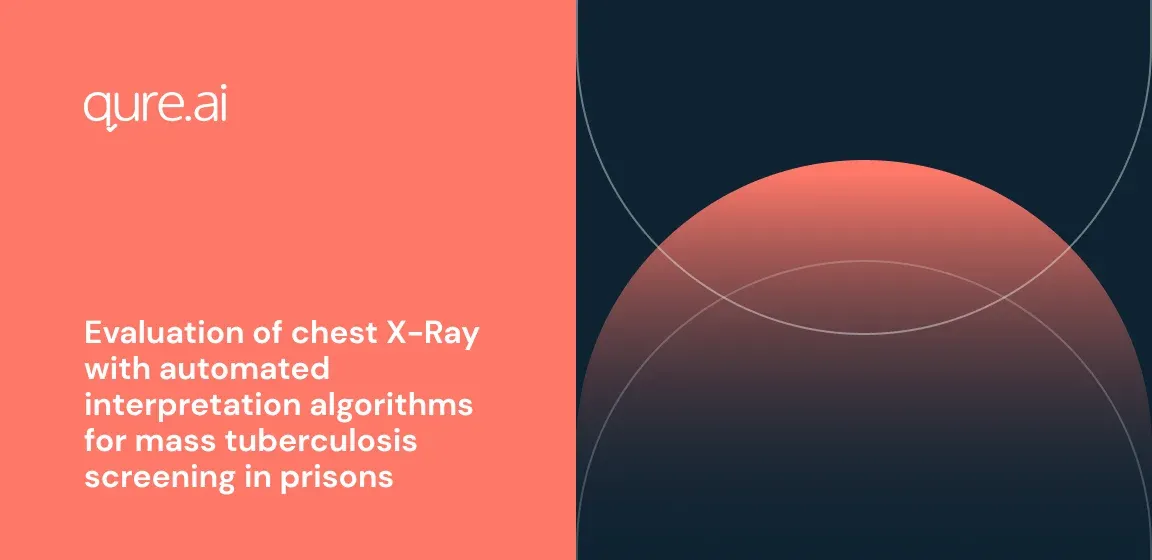The World Health Organization (WHO) recommends systematic tuberculosis (TB) screening in prisons. Evidence is lacking for accurate and scalable screening approaches in this setting.
To assess the diagnostic accuracy of artificial intelligence-based chest x-ray interpretation algorithms for TB screening in prisons.
Prospective TB screening study in three prisons in Brazil from October 2017 to December 2019. We administered a standardized questionnaire, performed chest x-ray in a mobile unit, and collected sputum for confirmatory testing using Xpert MTB/RIF and culture. We evaluated x-ray images using three algorithms (CAD4TB version 6, LunitTB and qXR) and compared their diagnostic accuracy. We utilized multivariable logistic regression to assess the effect of demographic and clinical characteristics on algorithm accuracy. Finally, we investigated the relationship between abnormality scores and Xpert semi-quantitative results.
Measurements and Main Results
Among 2,075 incarcerated individuals, 259 (12.5%) had confirmed TB. All three algorithms performed similarly overall with AUCs of 0.87-0.91. At 90% sensitivity, only LunitTB and qXR met the WHO Target Product Profile requirements for a triage test, with specificity of 84% and 74%, respectively. All algorithms had variable performance by age, prior TB, smoking, and presence of TB symptoms. LunitTB was the most robust to this heterogeneity, but nonetheless failed to meet the TPP for individuals with previous TB. Abnormality scores of all three algorithms were significantly correlated with sputum bacillary load.
Automated x-ray interpretation algorithms can be an effective triage tool for TB screening in prisons. However, their specificity is insufficient in individuals with previous TB.
